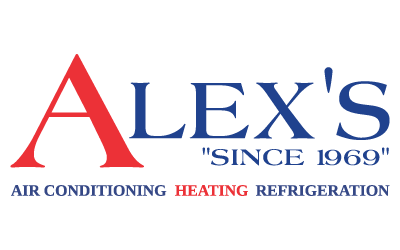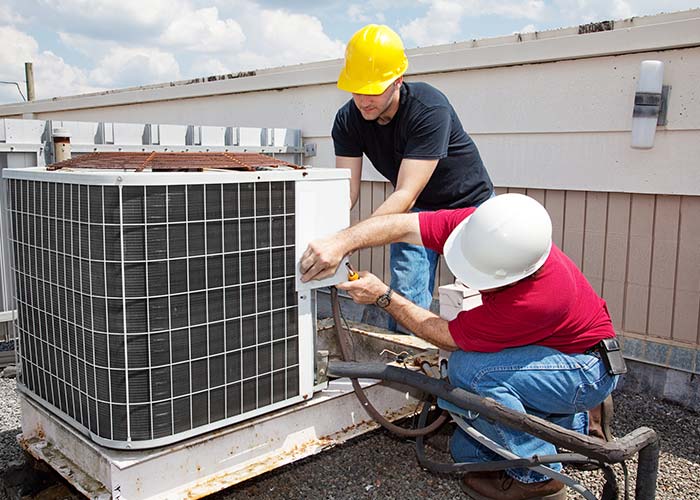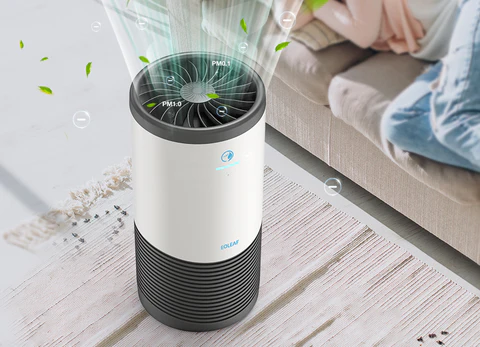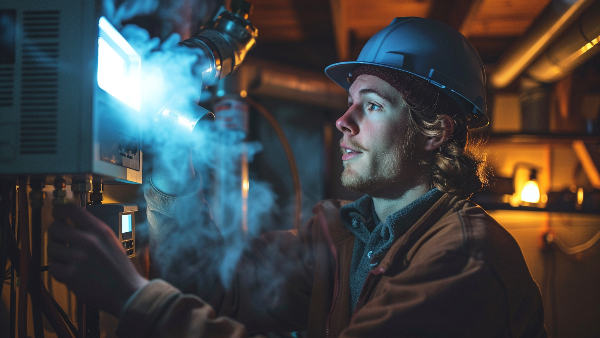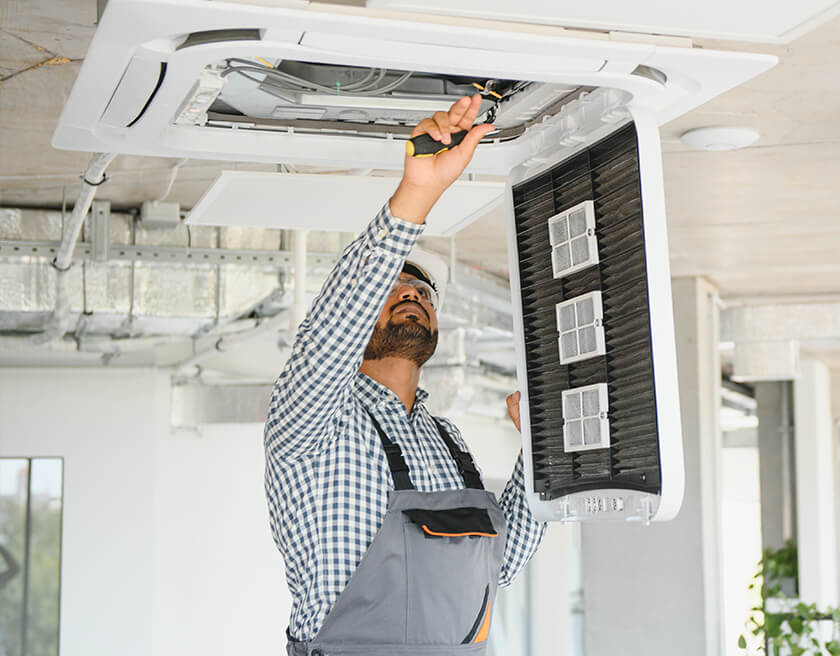Preparing Your HVAC System for Texas Heatwaves: A Homeowner’s Checklist
Introduction: The Challenge of Texas Heatwaves
Texas summers are legendary for their intense heat and humidity, often pushing HVAC systems to their limits. For homeowners, ensuring that air conditioning units and ventilation systems operate efficiently is crucial for comfort, safety, and cost management. Neglecting preventive maintenance can lead to unexpected breakdowns, higher energy bills, and reduced indoor air quality.
Preparing your HVAC system before the peak heat ensures that your home remains cool, comfortable, and energy-efficient. This checklist combines practical maintenance steps, professional guidance, and modern technology solutions tailored for Texas homeowners.
Understanding Your HVAC System
Before diving into maintenance, it’s essential to understand the components of a typical residential HVAC system:
Air Conditioner (AC) or Heat Pump: Removes heat and humidity from indoor air.
Furnace or Air Handler: Circulates conditioned air throughout the home.
Ductwork: Distributes airflow efficiently to each room.
Thermostat/Smart Controls: Manages temperature and system cycles.
Filters: Trap dust, pollen, and other particles, affecting airflow and IAQ.
Understanding these elements allows homeowners to identify potential vulnerabilities before they turn into costly repairs.
Step 1: Inspect and Replace Air Filters
Air filters are the first line of defense for HVAC efficiency and indoor air quality. Clogged or dirty filters reduce airflow, forcing the system to work harder and increasing energy consumption.
Check monthly: During Texas summers, filters may need replacement more frequently due to high dust and pollen.
Upgrade filtration: Consider MERV 13 or higher filters for improved allergen removal.
A clean filter improves cooling efficiency and protects internal components from dust and debris.
Step 2: Clean Coils and Condensers
Over time, evaporator and condenser coils collect dust, dirt, and pollen. Dirty coils reduce heat transfer efficiency, increase energy usage, and risk system overheating.
Evaporator coils: Located inside the air handler; clean annually or as needed.
Condenser coils: Outdoor unit; remove debris like leaves, grass, and dirt.
Professional coil cleaning ensures peak cooling performance during heatwaves.
Step 3: Check Refrigerant Levels
Proper refrigerant levels are critical for efficient cooling. Low refrigerant can cause:
Reduced cooling capacity
Ice formation on coils
Compressor damage
A licensed HVAC technician can test and adjust refrigerant levels, ensuring safe and effective operation.
Step 4: Inspect and Seal Ductwork
Leaky or poorly insulated ducts can waste up to 30% of cooled air, reducing comfort and efficiency.
Inspect ducts for visible leaks, holes, or disconnected segments.
Seal leaks with UL-approved mastic or foil tape.
Consider professional duct cleaning to remove accumulated dust and allergens.
Proper airflow helps maintain consistent temperatures throughout the home.
Step 5: Test Thermostat and Smart Controls
Thermostats regulate HVAC operation and impact energy efficiency.
Test programmable or smart thermostats to ensure accurate temperature readings.
For smart systems, check Wi-Fi connectivity and app functionality.
Adjust temperature schedules to optimize cooling during peak heat without wasting energy.
Modern thermostats can integrate with air quality monitoring, helping you maintain healthy indoor air.
Step 6: Inspect Electrical Connections and Components
HVAC systems rely on electrical connections for safe and reliable operation. Faulty wiring, corroded terminals, or failing capacitors can cause breakdowns during extreme heat.
Turn off the power and inspect wiring and fuses.
Look for corrosion or signs of wear on the contactor and capacitor.
Schedule a professional electrical inspection annually.
Regular electrical checks prevent sudden failures during heatwaves.
Step 7: Maintain Drainage and Condensate Lines
Excess moisture can accumulate in drain pans and condensate lines, leading to water damage or microbial growth.
Clear condensate drain lines with a solution of bleach and water to prevent clogs.
Ensure that the drain pan is clean and free from algae or debris.
Verify that condensate flows properly away from the home.
Proper drainage maintains indoor air quality and protects the structure of your home.
Step 8: Schedule Professional Maintenance
While homeowners can perform basic tasks, a professional HVAC tune-up ensures your system is prepared for extreme Texas heat. Benefits include:
Comprehensive system inspection
Refrigerant checks and coil cleaning
Electrical safety verification
Ductwork and airflow assessment
Recommendations for IAQ improvement
At Alex’s Air, technicians provide full-service maintenance tailored to local Texas conditions, ensuring efficiency and reliability.
Step 9: Optimize Indoor Air Quality
Summer heat often brings higher humidity and allergens indoors. Proper IAQ management complements HVAC performance:
Upgrade filters to MERV 13+ for dust and pollen
Install a whole-home dehumidifier to control moisture
Consider air purification systems such as Carrier Infinity Air Purifiers
Maintaining clean air reduces stress on your HVAC system and promotes healthier indoor environments.
Step 10: Energy Efficiency Tips for Heatwaves
Keep blinds or curtains closed during peak sun hours
Use ceiling fans to supplement air circulation
Set thermostats to slightly higher temperatures when away
Seal gaps around windows and doors to prevent cool air loss
These strategies reduce the workload on your HVAC system, helping it perform reliably during heatwaves.
Conclusion: Preparing for Texas Heatwaves Starts Today
Texas heatwaves can strain any HVAC system, but proactive maintenance and smart upgrades make the difference between comfort and costly breakdowns. By following this homeowner’s checklist, including filter replacement, coil cleaning, duct inspection, humidity management, and professional servicing, you can ensure:
Consistent, efficient cooling
Lower energy bills
Improved indoor air quality
Extended HVAC system lifespan
Start preparing your HVAC system today to stay cool and safe all summer long. For professional assessment and maintenance, contact Alex’s Air.
